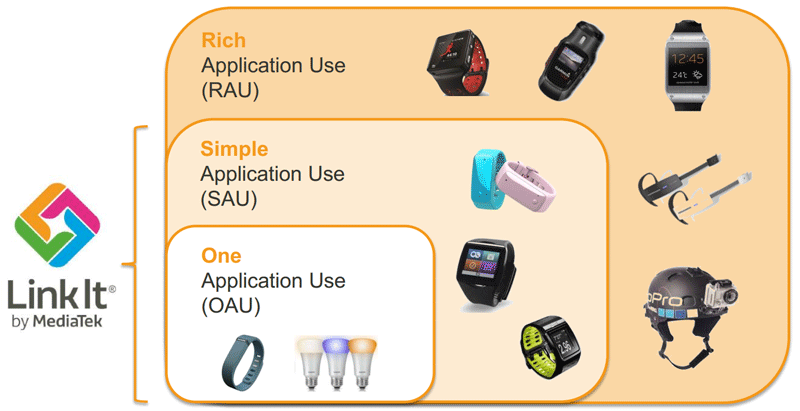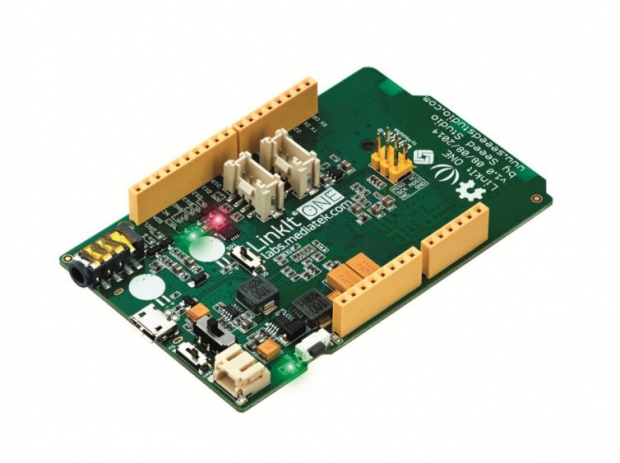Over the past few months, the MediaTek Labs has been involved in a flurry of activity, much of which has gone unnoticed, since the groundwork for MediaTek’s new division was laid behind the scenes. However, the first products based on the company’s LinkIt platform have started shipping, and MediaTek Labs has very ambitious goals.
The company is working hard to promote LinkIt and new hardware like the Aster MT2502 processor. Earlier this month, MediaTek announced a new development platform based around the chip. In addition to frugal Aster chips, MediaTek also has Android Wear parts like the MT2601, but LinkIt is not supposed to go after the Android Wear market.
LinkIt bringing connected devices to billions of users
It is also worth noting that MediaTek Labs is a much bigger programme than LinkIt or the MT2502, which are just pieces of the puzzle as far as MediaTek is concerned. The company’s vision, outlined by MediaTek Labs vice president Marc Naddell, is to bring connected devices to billions of consumers.
Given the pricing of Android and Apple smartwatches, it is obvious that such products simply cannot offer competitive pricing in many regions and emerging markets.

This is where MediaTek Labs sees its opportunity – they are providing hardware vendors and software engineers with an opportunity to design wearable devices at a fraction of the cost of an entry-level Apple Watch or a mainstream Android Wear device.
To make it possible, MediaTek is reaching out to developers and offering technical assistance to companies and individuals interested in the programme. SDKs, HDKs, APIs, and comprehensive technical documentation are already available on the MediaTek Labs site.
We outlined the LinkIt dev platform, Aster spec and MediaTek’s Rich Application Platform (RAU) for Android Wear last year.
However, it’s not just about cost. While LinkIt devices will end up cheaper than flagship smarwatches, they also offer some advantages, namely superior battery life.
Smartwatch functionality at fitness tracker prices
Since the Aster MT2502 is an ARM7 EJ-S processor clocked at 260MHz, it is significantly more efficient than the smartphone-grade Qualcomm Snapdragon 410 used in most Android Wear watches today.
However, this does not mean that MediaTek’s platform lacks a lot of features compared to high-end smartwatches. The first products based on Aster chips are quietly starting to appear in retail, and they tend to offer a lot of functionality you would expect from a smartwatch.

Devices like the Krüger&Matz smartwatch sport Bluetooth 4.0 LE connectivity, 240x240 pixel screens and a few useful sensors. Chinese vendors are already selling similar devices with prices starting at about $60.
Even these entry-level models feature 240x240 colour screens, heart rate sensors and pedometers, remote camera viewfinder capabilities, caller ID, notification and synchronisation, and of course remote audio controls.
The low price and decent feature set should make such devices appealing in emerging markets, but even developed markets should be interested, because they offer upwards of 5 days of battery life, a far cry from the 24-36 hour battery life offered by high-end watches.




